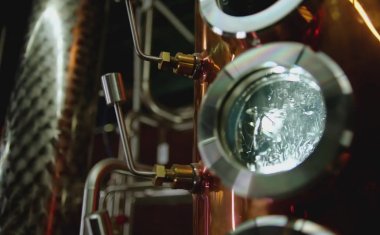CEFIC Expects Modest Chemical Production Growth

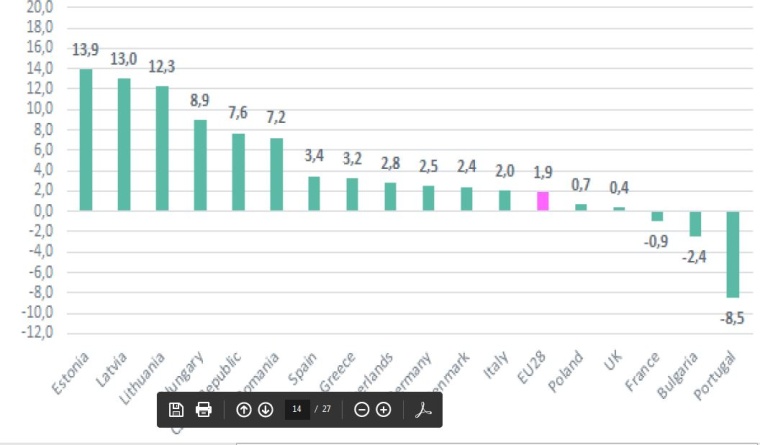
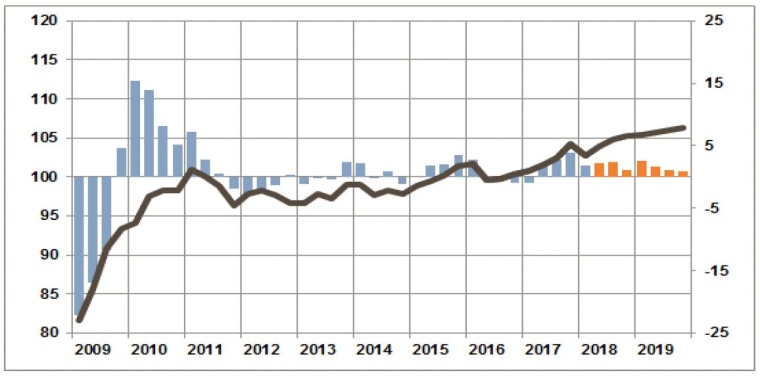
CEFIC, the European Chemical Industry Council, expects modest chemical production growth of 1.5% in the European Union in both 2018 and 2019. Growth will be similar to that recorded in 2017 but more volatile, mainly due to a less favorable global economic environment. The sub-sectors seeing most of the growth will be polymers, specialties, and consumer chemicals, according to the economic outlook (July-2018) issued on July 11 by Marco Mensink, director general of CEFIC.
According to the report, production in the EU chemicals sector grew 1.9% in Q1-2018 (y-o-y), with output rising in some chemicals sub-sectors. The production index (2015=100) for the EU chemicals sector dropped from Q4-2017 to Q1-2018 (-1.4%), returning to more or less the same level as in Q3-2017. Capacity utilization in the European chemical industry has reached its second highest level in Q4-2017. Capacity utilization reached the value of 82.9% in Q1-2018, down from 84.1% in Q4-2017 (-1.4%). However, chemicals capacity is 2.3% above the long-term average (1995-2017).
The global economic environment of the European chemical industry has changed. Growth in almost all Western European economies slowed down at the beginning of the year, following an exceptionally strong final quarter of 2017. Many European trade partners posted weaker growth, among them the United States, Japan, and Brazil.
Euro area economic climate cooled down
Amongst the latest trends that affected the chemical industry in Europe the report mentions the cooling down of the euro area economic climate after reaching its highest level in Q1-2018. The economic climate deteriorated in all key countries in the euro area, with Spain being the only exception. In Italy, the climate clouded over heavily. Survey participants in Germany and France were also more pessimistic about the future, but their assessments of the current economic situation remain firmly positive.
The survey results indicate that the economic upturn will slow down. Experts expect growth of 2.2% for the euro area for this year, versus 2.4% growth in 2017. In Spain, the climate indicator rose again after slumping at the end of 2017.
The manufacturing output of the customer industries of the EU chemical sector also slowed down compared to 2017. European manufacturing output is forecast to grow less than last year, by 2.5% in 2018, down from the solid growth of 3.5% reached in 2017. The slowdown is widespread over all industries, including construction, automotive, consumer goods and investment goods such as mechanical and electrical machinery. Looking ahead, output in the EU manufacturing is expected to grow by 1.5% in 2019.
“Capacity utilization reached the value of 82.9% in Q1-2018,
down from 84.1% in Q4-2017.”
Marco Mensink, director general of the European chemical industry council (CEFIC)
Macro-economic factors
The sector’s growth and international competitiveness are also likely to be impacted by increasing protectionist trade policies – which may dampen demand for EU goods – and increasing oil prices. Because of its internationally integrated value chains and strong export orientation, the chemical industry remains a fervent supporter of free trade. It strongly supports the ambition shown by EU Commissioner Malmström and the European member states recently in a series of new free trade agreements with regions and countries from across the world.
Conclusion
Following years of stagnation since the economic crisis, output growth was less than 1% on average during the past five years, which shows that the chemical sector in Europe will have to find new ways to deliver strong growth for the long-term. Energy and feedstock costs are playing a key role on chemicals competitiveness in Europe.
most read
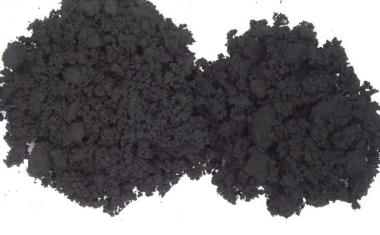
Orion Announced Plans to Shut Down Carbon Black Plants
Carbon black manufacturer Orion Engineered Carbons plans to rationalize production lines in North and South America and EMEA.
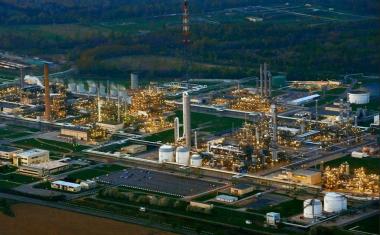
Dow to Shut Down Three Upstream European Assets
Building on the April 2025 announcement, Dow will take actions across its three operating segments to support European profitability, resulting in the closure of sites in Germany and the UK.

VCI Welcomes US-EU Customs Deal
The German Chemical Industry Association (VCI) welcomes the fact that Ursula von der Leyen, President of the European Commission, and US President Donald Trump have averted the danger of a trade war for the time being.
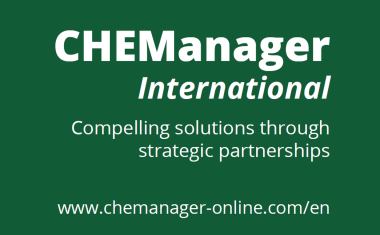
CHEManager International Media Kit 2026
Compelling solutions through strategic partnerships

Ratcliffe: Chemical Industry in Europe at a Tipping Point
Ineos CEO Ineos calls on European politicians to save the chemical industry.


